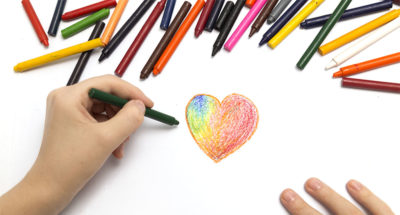Evidence That It Works
Studies with children and adolescents show that programs intended to prevent or reduce prejudice can have significant positive effects, especially when they involve contact between different groups and/or efforts to promote empathy and perspective taking.
For example, numerous studies have found that when we re-categorize people who are not part of our identity group based on things that we have in common, we increase our acceptance of others and see them as part of “us.”
Why Does It Matter?
Human beings “categorize” each other into identity groups based on many different features, such as race, ethnicity, religion, gender, sexual orientation, and economic status; however, this process can easily lead to stereotyping and other forms of discrimination.
In fact, stereotyping and prejudice emerge early in life. Children as young as four are influenced by stereotypes about social categories like race and gender, and these biases can affect their interests and behaviors.
According to research, one of the most effective ways to break down barriers of prejudice, racism, and “othering” is the cultivation of cross-group friendships. By teaching students to look beyond their peers’ outward-facing identities and to get to know each other on a more personal, human level, teachers can make great strides in combating bias and creating a world where everyone is valued.




Comments